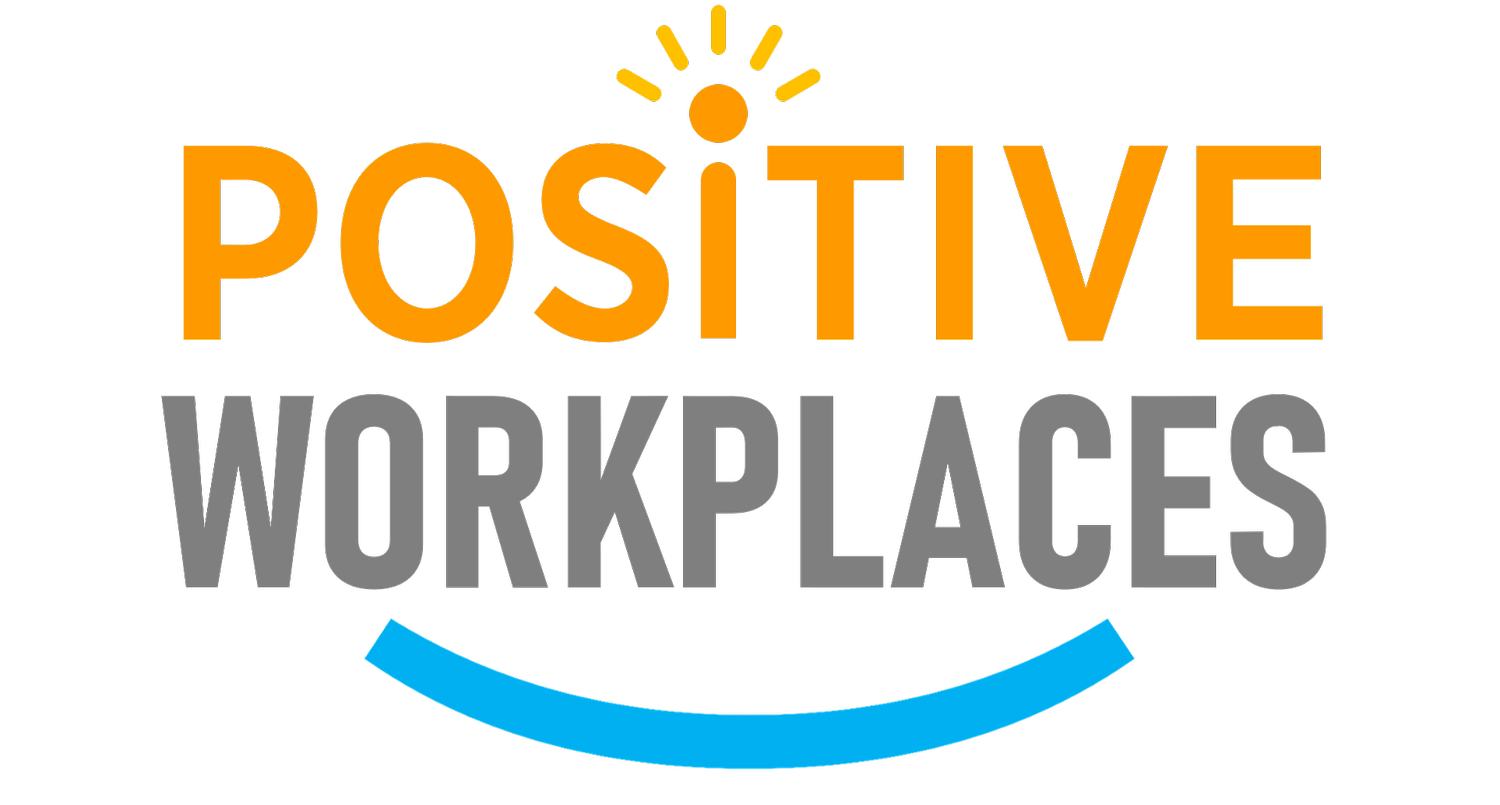Negative Emotions: Social Comparative Emotions at Work
We often hear from others that we should be happy and comfortable in our own skin, that we should remain positive at all times and cherish what we have. However, these are easier said than done. Every now and then, we’re subjected to pitting ourselves against our peers, trying to measure up how we’re doing relative to them. Sometimes, we realize we’re ahead, and we feel great about ourselves. But, more often than not, we find ourselves on the more negative side of these evaluations.
We feel empty. We feel lacking. We feel as though we are being ‘left behind’. We fixate on the things others have that we don’t. And, sometimes, we even fear losing the possessions and relationships we have to people ‘better’ than us.
It’s never a wonderful feeling, so should we get rid of these types of emotions?
These situations are perfect examples of social comparative emotions at work.
What are Social Comparative Emotions?
Previously, we’ve discussed self-conscious emotions and what they are. Furthermore, we’ve tackled a specific group of self-conscious emotions--self-evaluative emotions--as well. If self-evaluative emotions involve judgments and appraisal of ourselves, social comparative emotions compare and contrast how we see ourselves to how we see others. We consider a person’s appearance, abilities, personality, and other qualities and directly compare them with our own respective traits.
There are two main examples of these, both of which we’ve experienced at least once in our lives: envy and jealousy.
Envy can appear to be more commonplace than it seems. We could feel envious of a co-worker or colleague when we find out they receive higher performance bonuses. As a leader, we can also feel envy when we see other leaders or heads doing well with their targets, making us feel like we’re lagging behind.
Jealousy can also show itself in everyday situations as well. Whenever we see a co-worker get complimented or become the boss’s favorite for performing well, we feel subtle cues of jealousy. When we hear about our staff confiding their personal problems to other heads, as a leader, we too can feel jealousy over similar situations.
To be precise, envy stems out of feelings of inferiority--of wanting to have something or someone we do not have. On the other hand, jealousy is more centered on delusions of inferiority towards losing someone or something to another person who is ‘better’ than us. In either case, these emotions have been with us since early childhood, and are carried with us as we age. Distinguishing them will be helpful towards understanding what we need to do about them.
What should we do with these social comparative emotions?
Now we know more about these emotions that swarm us every now and then, the question remains: what do we do with them?
When we feel them for ourselves, the best thing we can do is to listen. These emotions, like discussed, have functions. We feel them for certain reasons, and it’s all about finding out what these reasons may be. When others feel them and we begin to take notice, the best thing we can do to help them is to be sensitive and understand where they’re coming from.
Envy and jealousy are often perceived as ‘harmful’ emotions, but we need to understand that feeling them isn’t harmful--it’s what we potentially do due to them that becomes harmful. Both of these emotions build a certain sense of hostility within us. Just remember: it’s ok to feel this way. Take a few breaths, take a few moments to yourself, listen, and evaluate before you act.
The last thing we want to do is hurt or even lose those that are important to us. While these two emotions shed light onto our insecurities, perhaps we can see them as a sign to cherish what we have a bit more instead.
References:
DeSteno, D. A., & Salovey, P. (1996). Jealousy and the characteristics of one’s rival: A self-evaluation maintenance perspective. Personality and Social Psychology Bulletin, 22(9), 920–932. doi:10.1177/0146167296229006.
DeSteno, D., Valdesolo, P., & Bartlett, M. Y. (2006). Jealousy and the threatened self: Getting to the heart of the green-eyed monster. Journal of Personality and Social Psychology, 91(4), 626. doi:10.1037/0022–3514.91.4.626.
Harris, C. R. (2003). Factors associated with jealousy over real and imagined infidelity: An examination of the social-cognitive and evolutionary psychology perspectives. Psychology of Women Quarterly, 27(4), 319–329. doi:10.1111/1471–6402.00112.
Parrott, W. G. (1991). The emotional experiences of envy and jealousy. In P. Salovey (Ed.), The psychol- ogy of jealousy and envy (pp. 3–30). New York: The Guilford Press.
Parrott, W. G., & Smith, R. H. (1993). Distinguishing the experiences of envy and jealousy. Journal of Personality and Social Psychology, 64(6), 906. doi:10.1037/0022–3514.64.6.906.
Salovey, P., & Rodin, J. (1984). Some antecedents and consequences of social-comparison jealousy. Journal of Personality and Social Psychology, 47(4), 780. doi:10.1037/0022–3514.47.4.780.
Salovey, P., & Rothman, A. (1991). Envy and jealousy: Self and society. In P. Salovey (Ed.), The psychology of jealousy and envy (pp. 271–286). New York: Guilford Press.
Schaubroeck, J., & Lam, S. S. (2004). Comparing lots before and after: Promotion rejectees’ invidious reactions to promotees. Organizational Behavior and Human Decision Processes, 94(1), 33–47. doi:10.1016/j.obhdp.2004.01.001.
Silver, M., & Sabini, J. (1978). The perceptions of envy. Social Psychology, 41(2), 105–111. doi:10.2307/3033570.
Smith, R. H., & Kim, S. H. (2007). Comprehending envy. Psychological Bulletin, 133(1), 46. doi:10.1037/0033–2909.133.1.46.
Van de Ven, N., Zeelenberg, M., & Pieters, R. (2009). Leveling up and down: The experiences of benign and malicious envy. Emotion, 9(3), 419. doi:10.1037/a0015669.
Van de Ven, N., Zeelenberg, M., & Pieters, R. (2011). Why envy outperforms admiration. Personality and Social Psychology Bulletin, 37(6), 784–795. doi:10.1177/0146167211400421.













